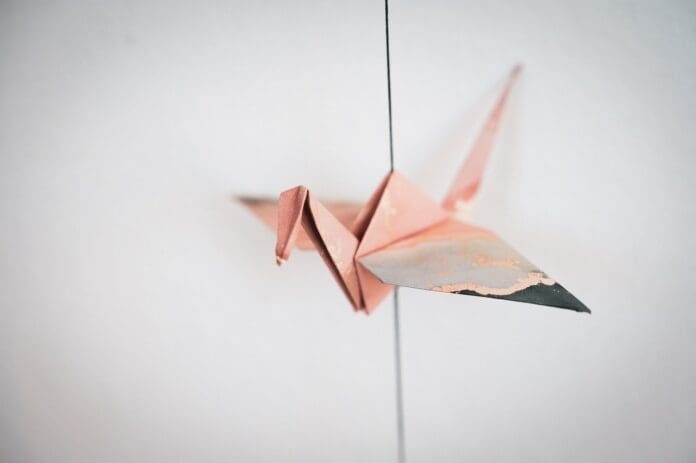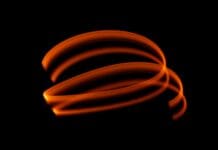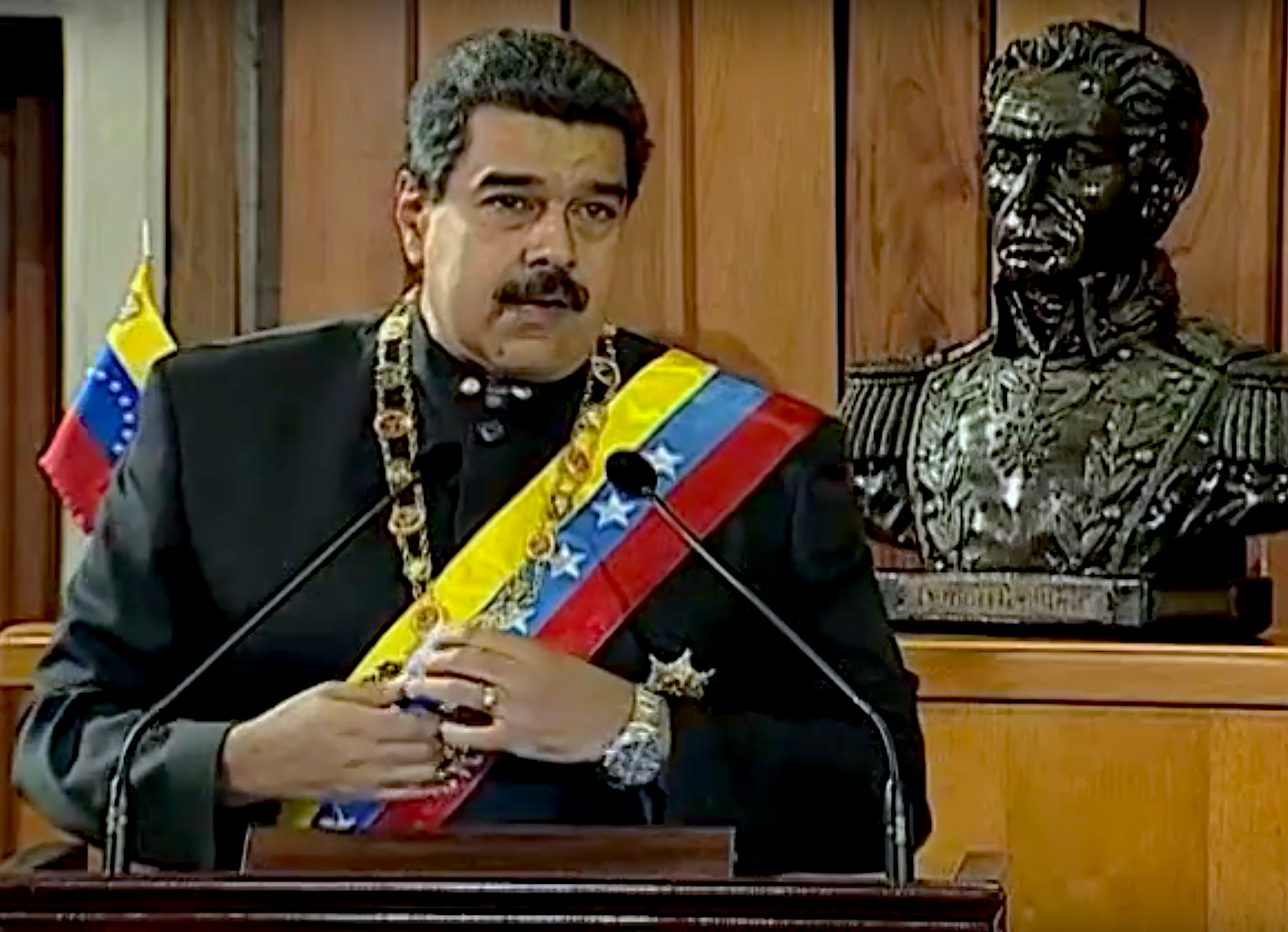This post is also available in:
 עברית (Hebrew)
עברית (Hebrew)
As wearable electronics continue to gain popularity, powering these devices has become a key challenge. Traditional batteries often fall short, with limited flexibility and short lifespans when used continuously. Researchers are now exploring alternative energy sources, and a team from Binghamton University has developed a novel solution—harvesting electricity from moisture in the air.
The breakthrough, detailed in a recent paper in the journal Small, presents a paper-based device capable of generating sustained, high-efficiency power by capturing moisture. The team, led by Professor Seokheun “Sean” Choi, Assistant Professor Anwar Elhadad, and PhD student Yang “Lexi” Gao, leverages the moisture that is naturally present in the air to generate electricity.
The device works through a simple yet effective mechanism. It uses bacterial spores as the functional group, which break down water molecules into positive and negative ions. The capillaries in the paper absorb these spores, creating a gradient of ions—more positive ones on the top than on the bottom. This difference generates an electric charge. By adding a special “Janus” paper layer, which is hydrophilic on one side and hydrophobic on the other, the device is able to absorb and retain moisture more efficiently, ensuring a steady power output.
Choi, who has spent over 15 years researching biobatteries, believes this moisture-harvesting technique could revolutionize low-power electronics such as sensors, drug delivery systems, or even electrical stimulation devices, according to Interesting Engineering. The system is also part of Choi’s ongoing work in papertronics—a field dedicated to creating flexible, scalable, and environmentally friendly electronics made entirely from paper.
While the device is still in the developmental phase, future improvements could include boosting the power output, incorporating energy storage solutions, and reducing the size of the system to the scale of micro-electromechanical systems (MEMS). Ultimately, Choi envisions a system that could be used for short-term applications and disposed of without contributing to electronic waste—a stark contrast to the long-term wearables currently in development.
While other researchers have also explored generating electricity from moisture, this innovation stands out for its simplicity, sustainability, and potential for mass adoption in disposable, eco-friendly wearable electronics.


























